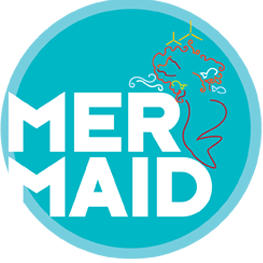

WP5: Interaction of platform with hydrodynamic conditions and seabed
Leader: Jan-Joost Schouten, Deltares
The main objective of WP5 is to support the design phase of MUPs (multi-use offshore platforms) with advanced and applicable tools based on extensive experience, available data and research.
When designing an offshore multi-use platform the interaction between the platform and the environment should be analysed in detail for reasons of technical and economical feasibility, environmental impact and assessing the potential of incorporating multiple functionalities including logistical aspects. This WP will focus on the interaction between the MUP, the meteorological and hydrodynamic conditions as well as the seabed. These environmental conditions vary significantly along the European seas. In order to make MERMAID’s designs of MUP’s applicable in various locations over Europe, four representative regional seas will be studied, i.e. North Sea, Mediterranean, Baltic Sea and the Atlantic Coast of France and Spain. The interaction between the MUP and the environment depends on the type of support structure. Fixed (i.e. mono-piles, jackets or gravity-based-structures (GBS)) and floating structures will be considered.
Complementing to other WP’s
An important task of WP5 is to support the design of the MUPs (which are developed under WP2, with a wide range of stakeholders) on feasibility and optimization of various different functions. It is essential to have detailed collaboration between WP2 and WP5, resulting in interaction between the technical designers and stakeholders. Therefore time is reserved under WP5 to integrate the outcome of the workshops (during which stakeholders will come up with non-technical design requirements and will comment on the preliminary designs) in the technical designs. In addition, the hydrodynamic numerical models setup under WP5, and the results of various proposed assessments on detailed processes, will be used to support several tasks in the other WP’s

